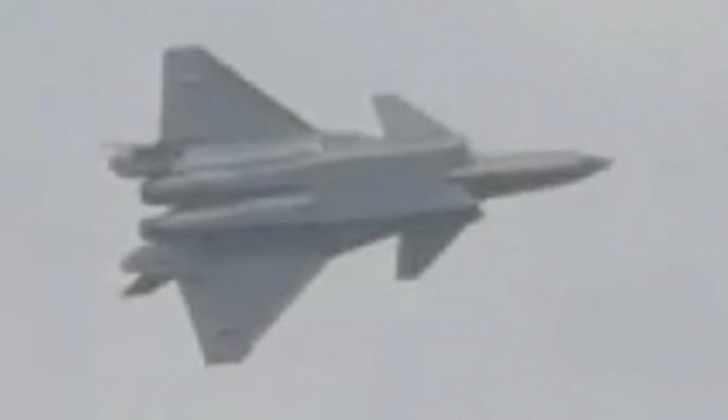Two months after the emergence of the first footage in January 2022 confirming that China’s J-20 stealth fighter had begun flying with new WS-15 engines, reports show growing progress in refining the engine through testing to prepare it for serial production. The new engine is expected to have comparable thrust to the American F135, which currently powers the F-35 single engine fighter, providing far greater thrust than any other engine for a twin engine aircraft the most powerful of which is currently the F119 powering the American F-22 fighter. Breakthroughs in key materials such as those in single crystal blades, the accumulation of technologies and theories over two decades of accelerated development, and the establishment of the Aero Engine Corporation of China, were credited by Chinese experts for boosting the country’s jet engine industry, with the WS-15 program following on from multiple other successes most notably the WS-10C which powers current variants of the J-20. Replacing the WS-10 with the WS-15 would allow the J-20 to climb faster, manoeuvre better, fly at high supersonic speeds for sustained periods, and cover much greater ranges due to its higher efficiency.

The J-20 is one of just two fifth generation fighters in the world in serial production and fielded at squadron level strength, other being the F-35. When the fighter first entered service in March 2017 it integrated AL-31FM2 engines supplied by Russia, which have since been phased out in favour of the WS-10. The J-20 program symbolises China’s emergence as one of the two world leaders in military aviation, which is facilitated by the size and sophistication of its industrial base and scale of advanced research and development that only the United States comes close to matching. Advances in engine technologies achieved while developing the WS-15 are expected to boost the country’s jet engine industry more broadly, potentially affecting programs as wide ranging as civil aviation, drones, transports and other classes of fighter jet such as the J-10 which could potentially receive new engines in future that benefit from WS-15 technologies. The new engine is expected to simplify the J-20’s maintenance considerably.
